When Microsoft Excel program installed on a Windows computer is not responding, getting stuck or crashing, it is known to come up with an error message reading “Excel is not responding” or “Excel has stopped working.”
The reason for Microsoft Excel not responding could be due to use of third-party plug-ins, a particular Excel File being corrupted or the installation of Microsoft Excel program on your computer being damaged or corrupted.
If you are able to open a particular Excel File, but it keeps getting stuck and crashes, the problem could be due to conditional Formatting used in that particular file (see the last method).
Microsoft Excel Not Responding or Crashing
If the Microsoft Excel program or App is not responding, stuck or crashing, you should be able to fix the problem using the following steps.
1. Repair Microsoft Office
As mentioned above, the problem of Microsoft Excel not responding on your computer might be due to damaged or corrupted program files.
1. Right-click on the Start button and click on Run.
2. In the Run Command Window, type appwiz.cpl and click on OK.
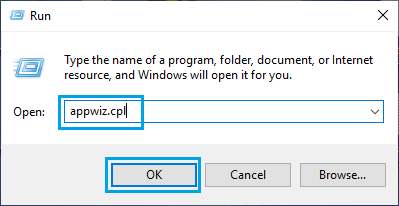
3. On the next screen, right-click on Microsoft Office and click on the Repair option.
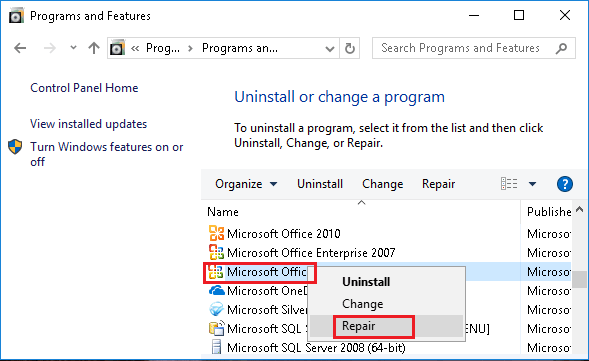
Note: If the Repair option is not available, right-click on Change > select Repair in the pop-up and click on Continue.
4. Patiently wait for the installation of Microsoft Office on your computer to be repaired.
2. Run Excel in Safe Mode
This method can help if the problem is being caused by a Plug-in or an Add-on program.
1. Right-click on Start button and click on Run.
2. On the Run command window, type excel.exe /safe and click on OK to start Microsoft Excel in Safe Mode.
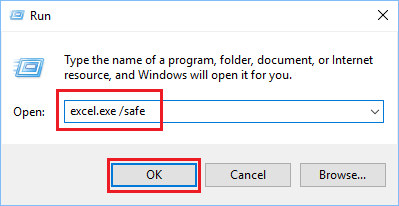
3. Now try opening the particular Non responsive Excel File again.
If this method helps in fixing the problem, you can follow the next method as provided below to disable the Add-in programs on your computer.
3. Disable Add-Ins & Plug-ins
Follow the steps below to disable Plug-ins and Add-in programs.
1. Right-click on Start button and click on Run.
2. In the Run Command Window, type excel.exe /safe and click on OK to start Microsoft Excel in Safe Mode on your computer.

3. Once you are in Microsoft Excel, click on the File tab in top menu bar > scroll down and click on Options.
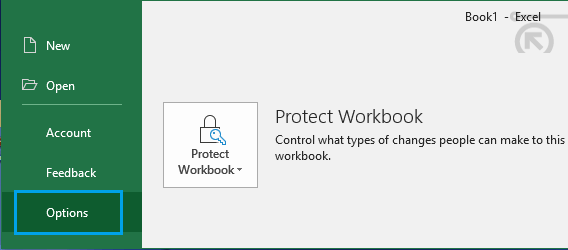
Note: In older versions of Excel, click on File Icon > Excel Options button

4. On the next screen, click on the Add-ins in the left pane. In the right-pane, select Excel Add-ins and click on the Go… button.
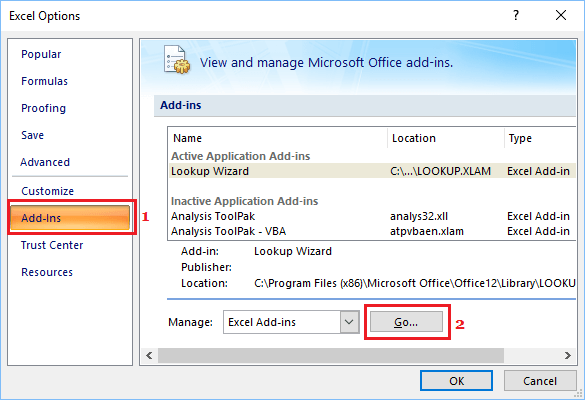
5. On the Add-Ins screen, uncheck the little box next to the active Add-Ins and click on OK to save.

After disabling Add-Ins, restart Microsoft Excel and see if the problem of Microsoft Excel Not Responding is now fixed.
In case the problem is fixed, try to isolate the particular Add-in that is causing problems by disabling the Add-Ins one by one.
4. Change Default Printer
Microsoft Excel can become unresponsive if it is unable to communicate with the default printer on your computer.
This can be fixed by temporarily switching the default printer on the computer to Microsoft Print to PDF or Microsoft Document writer and see if this helps in fixing the problem.
1. Go to Settings > select Bluetooth & Devices in the left-pane and click on Printers & Scanners in the right-pane.
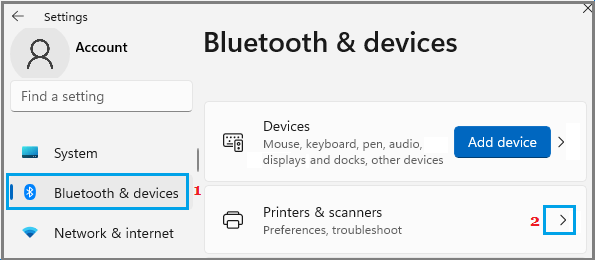
2. On Printers & scanners screen, select Microsoft Print to PDF.
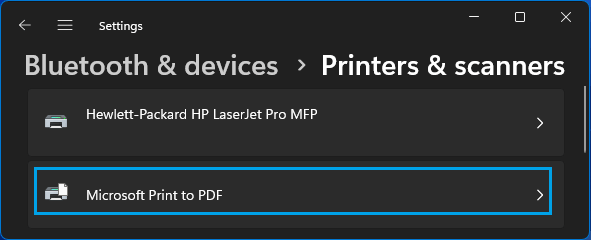
3. On the next screen, click on Set As Default button.
Note: On Printers & Scanners screen, scroll down to “Printer Preferences” section and disable Let Windows manage my default printer option.
Windows 10: Go to Settings > Printers & Scanners > In the right-pane, click on Microsoft XPS Document Writer and click on Manage.
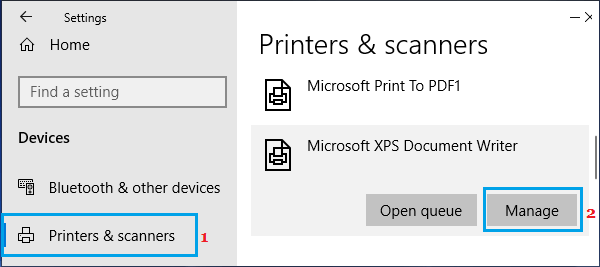
On the next screen, select Set as Default option.
After changing the default printer to Microsoft Print to PDF or Microsoft XPS Document Writer, try to open any Microsoft Excel File and see if the problem is fixed.
Particular Microsoft Excel File Getting Stuck or Crashing
If a particular Excel File is getting stuck or crashing on your computer, the problem can be fixed by clearing the conditional Formatting used in that particular spreadsheet.
1. Open the Excel File that is getting stuck on your computer.
2. Once you are in the File, click on Home > Conditional Formatting > Clear Rules > Clear Rules From Entire Sheet.
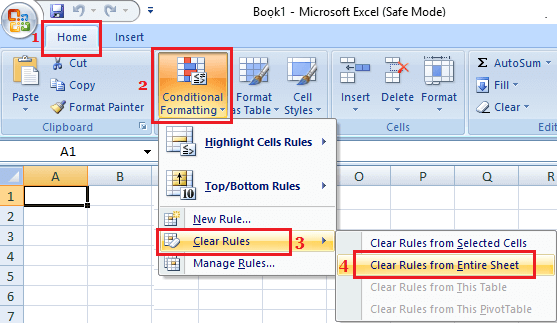
This will clear Conditional Formatting from this particular sheet.
3. Now, select other Tabs (in case you have any) from the bottom of the sheet and clear Conditional Formatting in those sheets as well.
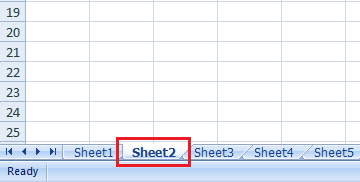
4. Save this Excel File with a New Name, so that the original File will also be available on your computer as a backup (in case required).